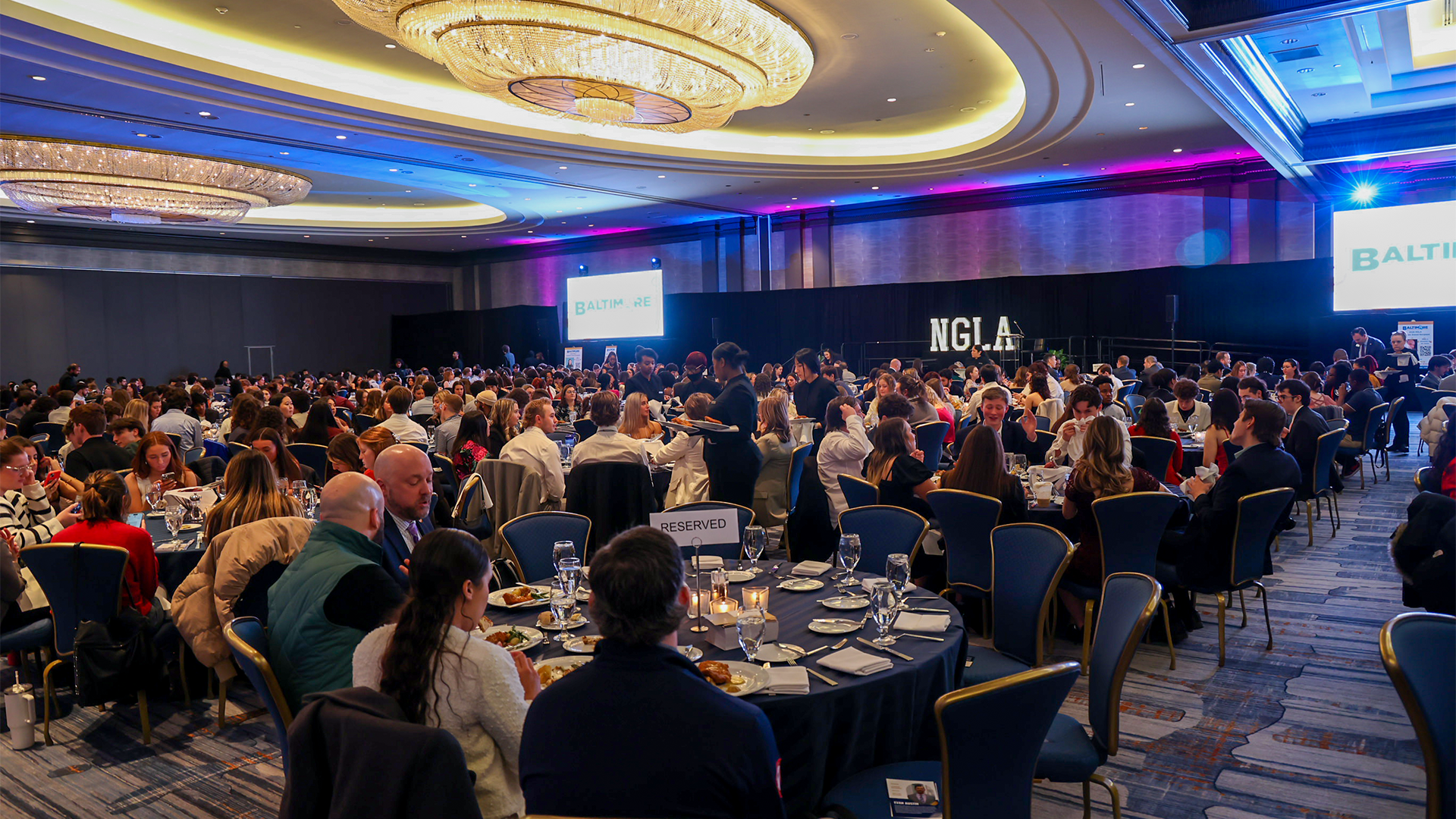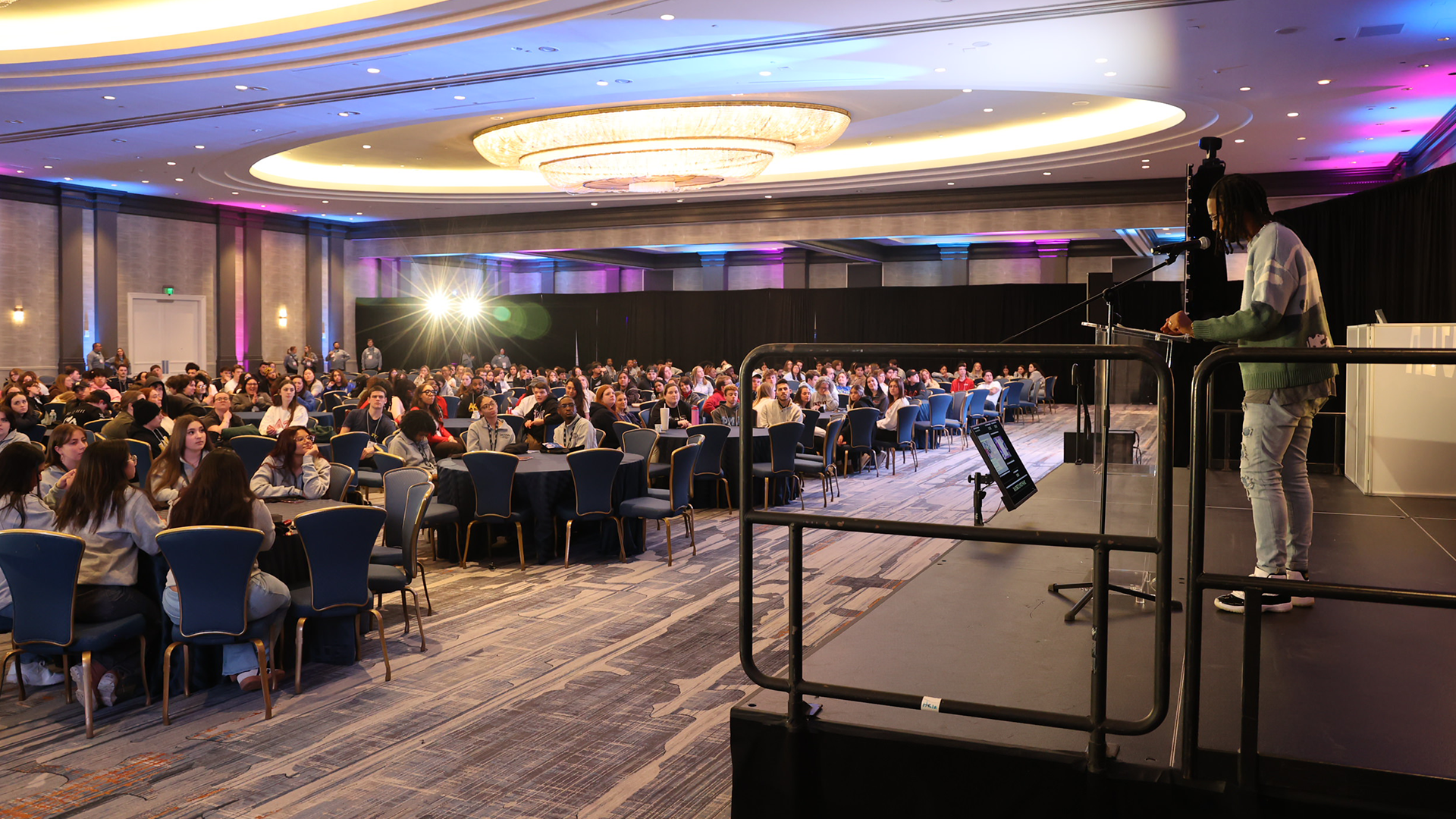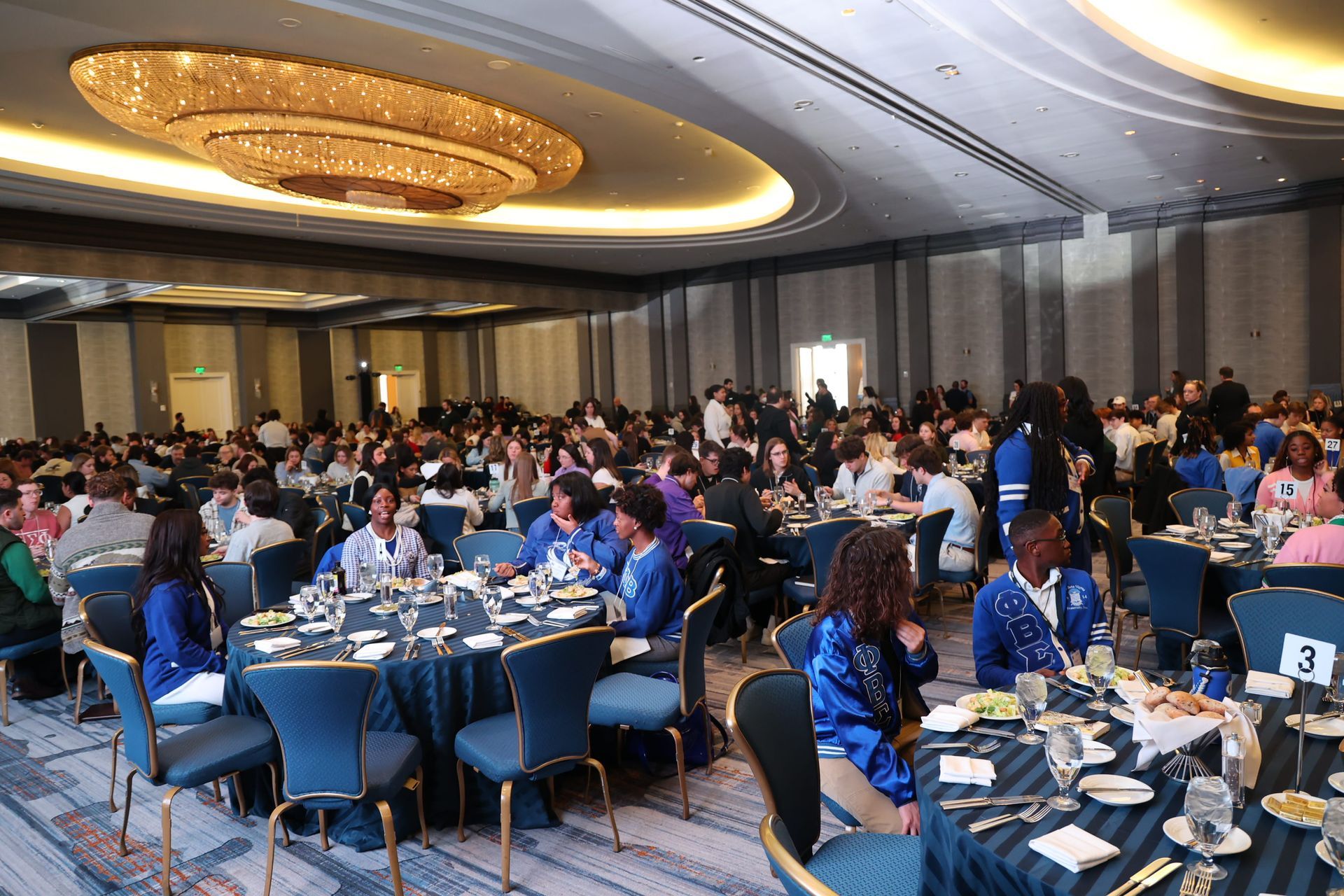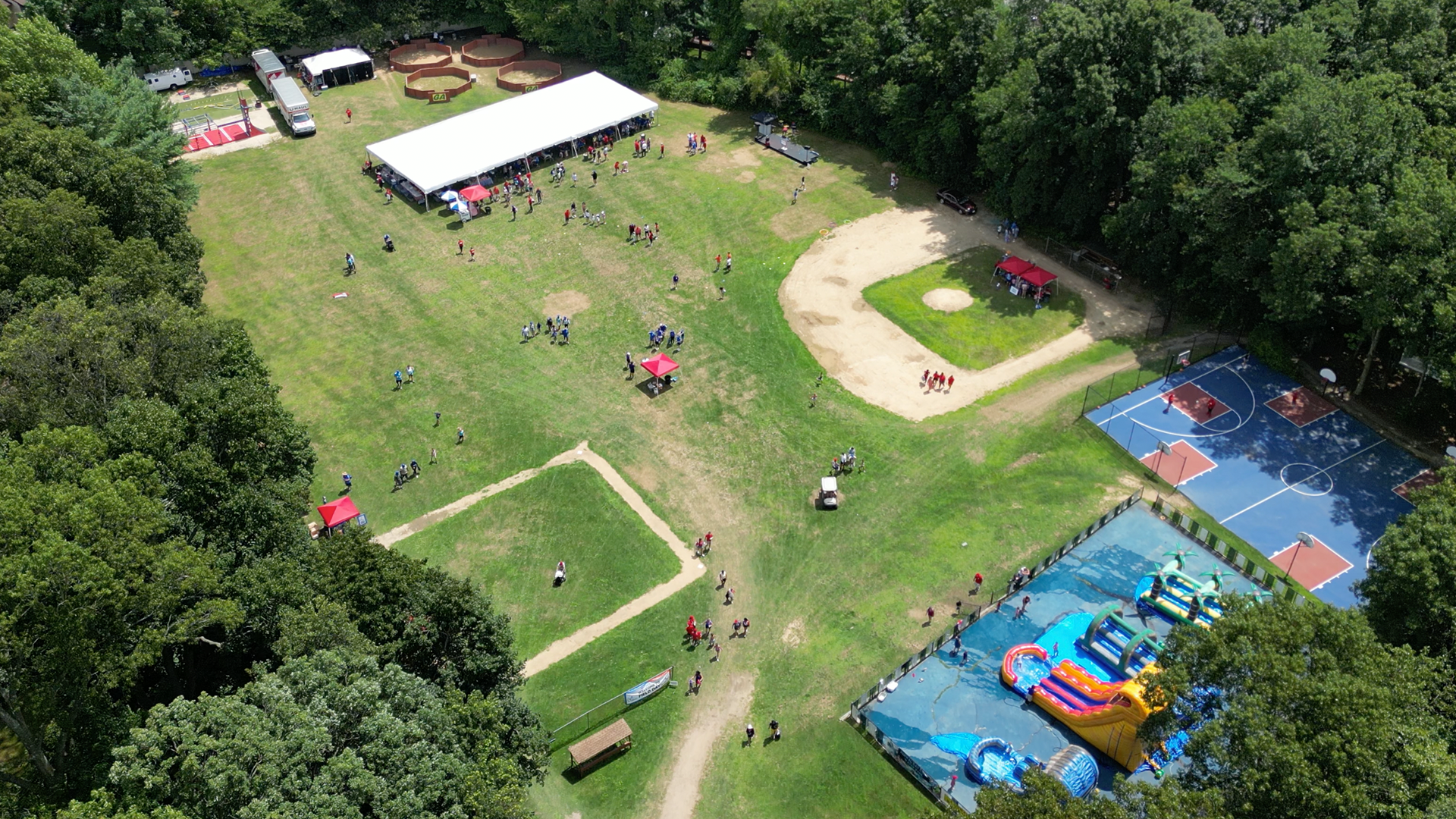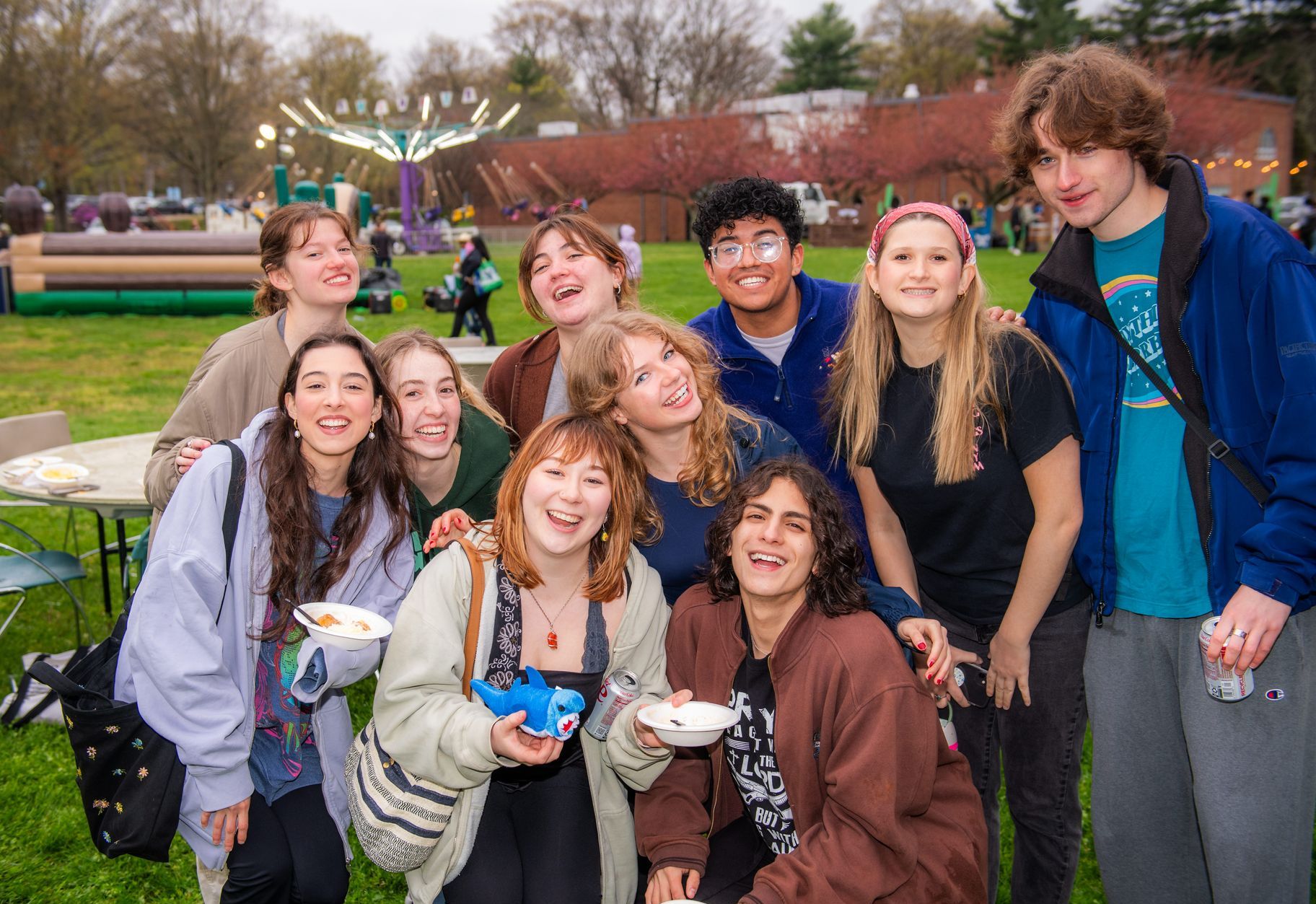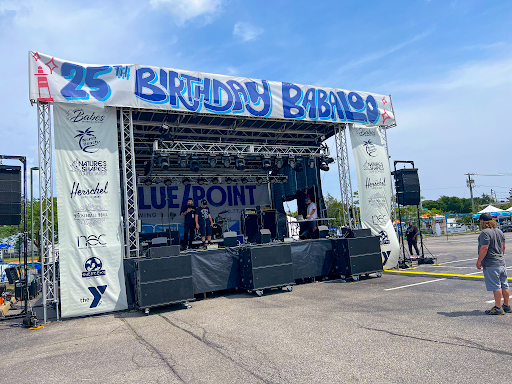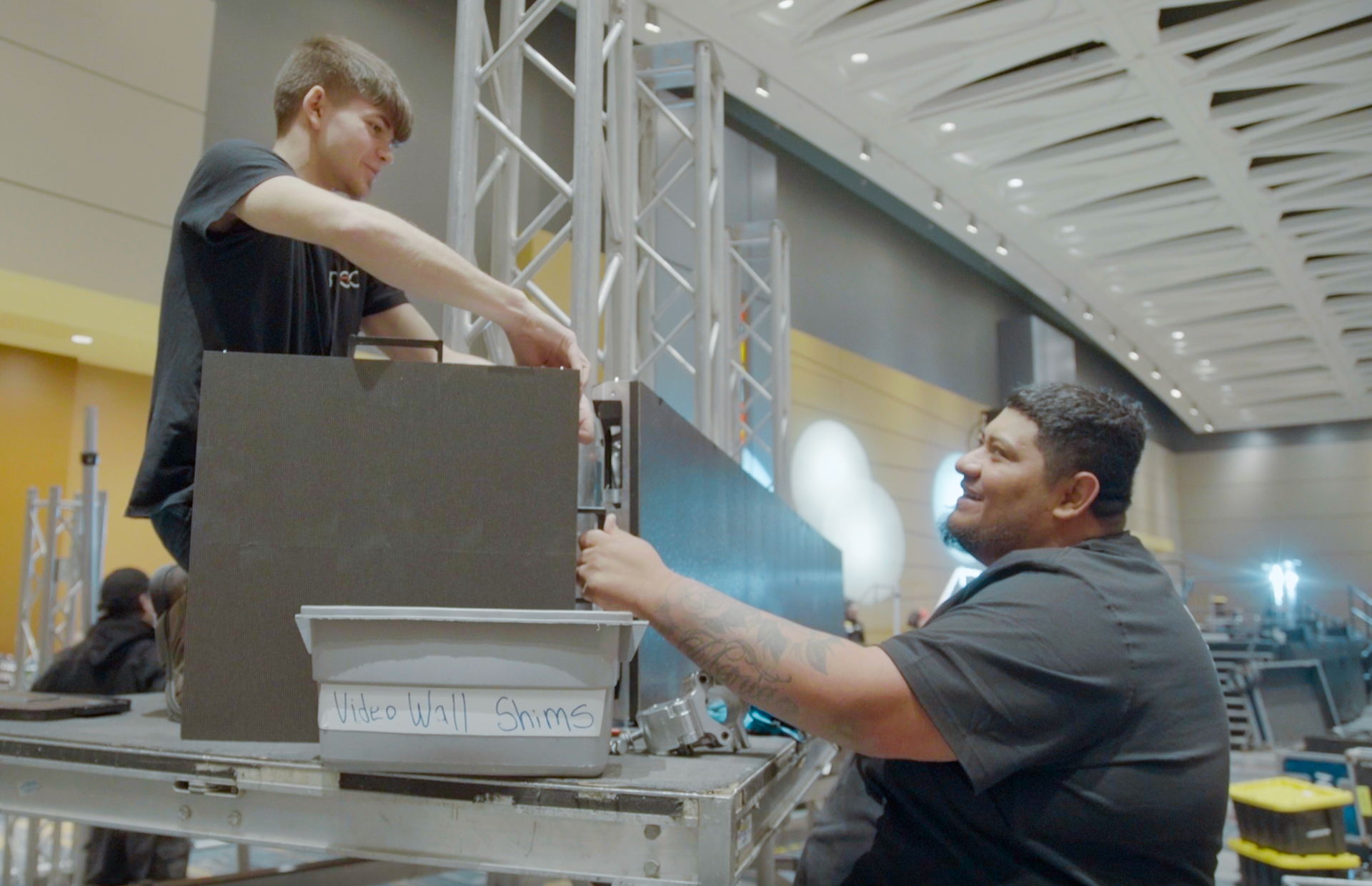Mastering College Events: Why Themed Gatherings Work and How to Plan Them
Introduction to Themed College Events
Themed college events have surged in popularity due to their ability to transform ordinary gatherings into uniquely tailored experiences. By introducing a creative theme, you can instantly pique student interest and encourage higher levels of participation. From my experience in event planning, I've seen that a well-chosen theme acts as a magnet, drawing in students who might otherwise overlook a generic event. Themed gatherings also foster a sense of community, allowing students to bond over shared interests and experiences. These events offer a unique platform for students to express themselves, whether through costumes, themed activities, or interactive setups. As we dive deeper into the planning process, you'll find that the added layer of creativity can make the organizational aspects both manageable and enjoyable.

Benefits of Themed Events on Campus
Themed events uniquely attract students by connecting with their interests and passions, encouraging active participation. This increased engagement not only boosts attendance but also builds a stronger sense of community on campus. By providing a memorable and enjoyable experience, themed events can improve student satisfaction and contribute positively to overall campus life. Such events can break the monotony of routine, offering a refreshing and exciting change. They also provide a platform for students to express their creativity, whether through costumes, activities, or interactions. By aligning the theme with the diverse interests of your student body, you create an inclusive environment where every student feels valued and involved.
Choosing the Right Theme
Selecting an appropriate theme starts with understanding the preferences of your student body. Engage students through surveys or informal conversations to identify popular interests. Themes such as iconic decades, favorite TV shows, or cultural festivities often resonate well. It’s vital to choose a theme that reflects the diverse interests of your campus, ensuring inclusivity and broad appeal. Consider current trends and events that capture the student zeitgeist. An effective theme not only attracts attendees but also enriches their experience, making your event a standout. Common popular themes include wild west, beach party, winter wonderland, fall festival, casino night, self care, gaming, and cultural celebrations, to name a few.
Planning Your Themed Event
Careful planning is essential to the success of your themed event. Start with a clear goal. Is this an educational event? Is it meant to be plain fun? This will provide the foundation for what you want included in your event plan. Next create a list of tasks: secure an appropriate location, arrange decorations that align with your theme, and plan activities that will engage attendees. Establishing a budget early on is critical; prioritize your spending to ensure key elements are covered. Consider collaborating with student organizations or local businesses to add value. Delegation is also important—assign specific responsibilities to team members to streamline the process. Leverage campus resources such as media equipment, volunteer support, and student talents to enhance your event without overspending. Remember to consider logistical details like accessibility, and safety measures. By addressing these factors systematically, you can mitigate stress and create a seamless, enjoyable experience for everyone involved.
Marketing Your Event
To ensure a successful turnout, strategic promotion is crucial. Begin by leveraging your theme. This should be the focal point of your marketing as it will resonate with students interested in that theme the most. Utilize campus bulletin boards, email newsletters, and student organization meetings to spread awareness. Also use social media platforms to their fullest potential; they're excellent for reaching the student demographic quickly. Craft eye-catching graphics and share engaging, theme-related content to create buzz. Partner with influential students or campus organizations to amplify your event's visibility and credibility. Offering up table space for student groups to recruit at is a great way to encourage them to promote the event. Take advantage of video teasers or sneak peeks to generate excitement for what attendees can expect. Collaborate with campus media, like the student newspaper or radio station, for added exposure. By adopting a comprehensive marketing strategy, you can maximize attendance and engagement for your themed event.
Engaging Students During the Event
Keeping students engaged during the event is key to ensuring its success and longevity. Interactive elements are crucial; think about incorporating games, contests, or live performances that tie back to your theme. Photo booths with themed props or backdrops can provide both fun and lasting memories. To maintain energy levels, consider a dynamic schedule with varied activities spaced throughout the event, preventing any lulls.
Personal interaction can make a big difference. Encourage event staff to mingle and interact with attendees, fostering a welcoming atmosphere. Midnight Breakfast at Long Island University is a great example of this; Professors and other university staff man the food stations, providing a unique and fun interaction between students and the university. Social media integration during the event can also boost engagement. Create event-specific hashtags and encourage students to post their experiences in real-time. This not only keeps attendees engaged but also promotes your event to a wider audience.
Food and drink stations that align with the theme can offer another layer of interaction. Whether it's themed snacks or a build-your-own station, these small details can significantly enhance the overall experience. Don't forget to include some quiet areas for students who might need a break from the excitement. By thoughtfully planning activities and touchpoints, you can create an immersive and engaging experience that resonates with students long after the event ends.
Post-Event Evaluation
After the event, it's important to take a step back and evaluate its success. Start by gathering feedback from attendees through surveys or speaking to them on site at the event. Focus on what they enjoyed and what could be improved. Analyze attendance numbers and compare them to your initial goals. Meeting with your event team and any vendors for a debrief can provide valuable insights into what went well and what challenges were encountered. Look at social media engagement to gauge how the event was received in real-time; monitor hashtags and comments for additional feedback. Financially, compare your budget to actual expenses to see if you stayed on track. Take note of any unexpected costs that might need addressing in future events. Review logistical aspects, such as setup and breakdown efficiency, to identify areas for streamlining. Documenting these insights in a detailed report will serve as a useful reference for planning future events.
